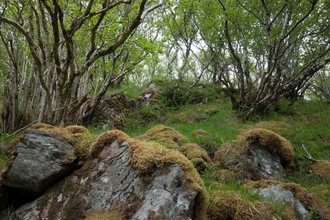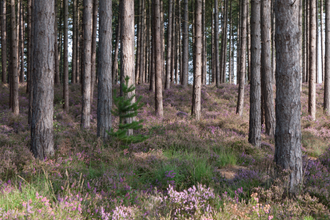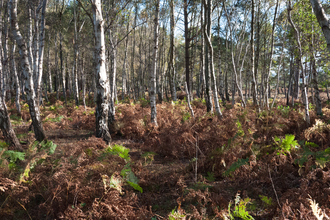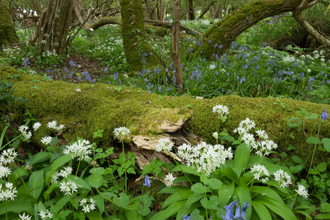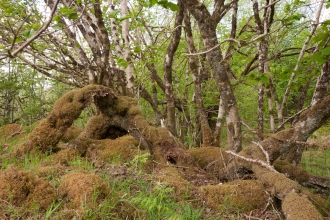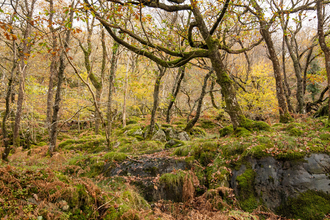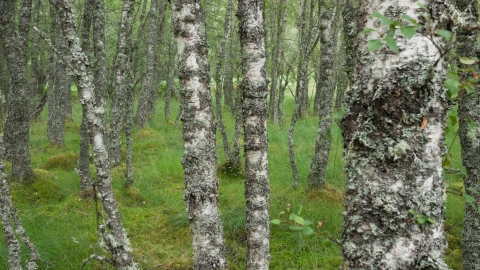
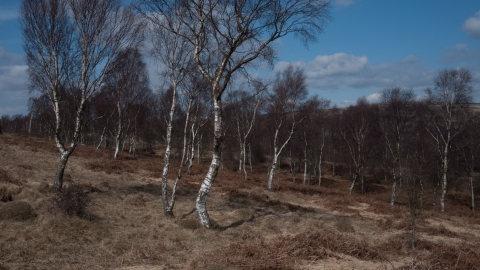
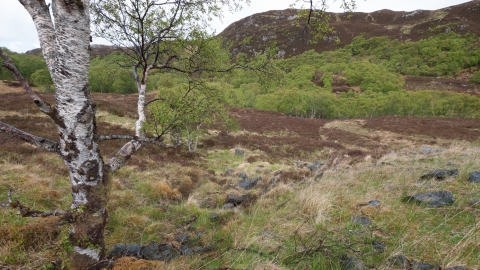
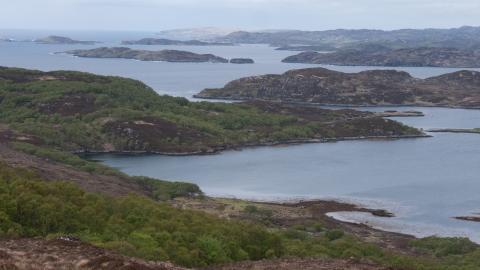
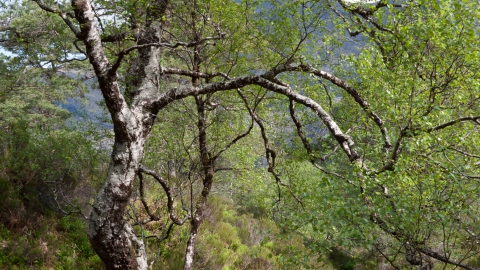
Upland birch wood
What is it?
Found mainly in the uplands of Scotland, these birch woods can swathe large expanses of hillside wherever the soils are infertile and acidic. Silver birch is the most common canopy species, while downy birch is found in cooler, wetter places. Birch often grows alone, either in an even-aged scattering across heathland or growing in denser thickets with older trees. On more fertile soils, rowan, ash, aspen, alder, willows, birch cherry and hazel may grow among the birches, while in some places juniper and Scots pine hint at Caledonian forest. Upland birch wood is also often found as a cyclical stage within other woodland types.
Why is it like this?
Birches are pioneers. Their small, wind-blown seeds and quick growth habit make them excellent colonists, and birch woods can expand rapidly where conditions are open. However, they are outlived by other trees. This pioneer strategy means that birch woods are dynamic and over time are succeeded by other woodland types, recolonising again wherever a canopy gap opens up. On moorland, new stands can rapidly become established as a result of a temporary relaxation of grazing pressure, but in time these woods senesce and revert back to moorland if other trees species do not become established. This means they are transient, gradually shifting around the landscape and forming part of a fluctuating mosaic of upland habitats.
A significant amount of upland birch woodland was lost in the second half of the 20th century, mainly due to replanting with other species and overgrazing, but grant schemes for woodland management and changes in plantation management may be reversing this trend.
Distribution in the UK
This habitat is widespread across Scotland, but there is little left in the uplands of north England and Wales, where semi-natural woodland is scarce. There may be around 50,000 ha in total, although much of this is more recent secondary woodland.
What to look for
It is worth looking for typical upland woodland migrants such as pied flycatcher, wood warbler and redstart while, in northern Scotland, redwing may remain to breed. In late spring and early summer, look out for pearl-bordered fritillary in clearings. Although it is not specific to birch woods, keep an eye out for chickweed wintergreen and, in places inaccessible to grazing animals, tall herbs such as globeflower. Birch wood rots quickly, so is good for beetles and fungi.
In exposed situations in north-west Scotland, look for stands of dwarf downy birch, which reaches no more than one metre in height. Copses of aspen (which supports the rare aspen hoverfly) may also be associated with birch woods, but aspen is particularly vulnerable to grazing so often occupies the woodland crags inaccessible to sheep. Aspen has particularly suffered from deforestation because it rarely produces seed, so is unlikely to recolonise a site once removed.
Conservation
Upland birch woods need the freedom to change and regenerate, but most are constrained by current typical upland land management (grazing and burning). To enable birch wood to play a role in naturally functioning ecosystems, a landscape scale approach is needed to allow new stands to develop adjacent to existing woodland.

